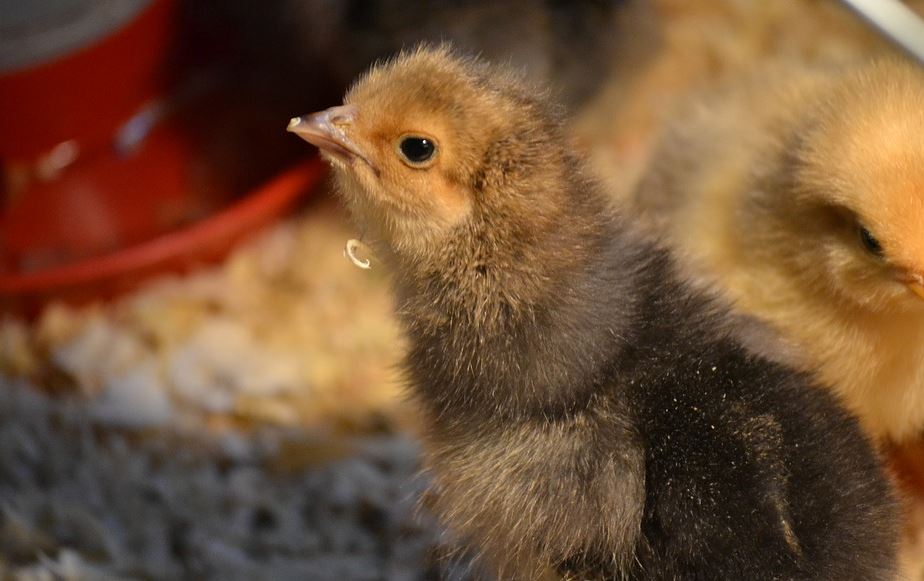Use of poultry litter as culture medium of Bacillus thuringiensis var. israelensis Berliner for control of Aedes aegypti Linnaeus
DOI:
https://doi.org/10.20873/jbb.uft.cemaf.v2n4.meloKeywords:
culicidae, waste cassava starch, citrus pulp, fermentation medium, bioinsecticideAbstract
Bacillus thuringiensis var. israelensis (Bti) is one of the most important microrganisms used in bioinsecticide formulations. It has an application against insect vectors of several diseases. Despite his efficiency and environment safety, his use is limited by the production costs. All around the world, research have been performed to discovery materials that reduce the final costs of Bti insecticides. The present paper has tested the application of poultry litter as culture medium to Bacillus thuringiensis var. israelensis. The bioinsecticide was tested against thirty instar Aedes aegypti larvae and the performance has been compared with the waste cassava starch and citrus pulp media. The poultry litter has enabled the higher larvae mortality; it achieved 100% in 20 and 10mg.L-1 concentrations and exceeded 50% in 5mg.L-1. The others materials have got significant lower performances. The waste cassava starch was useful only in 20mg.L-1 concentration and falling in others values, and the citrus pulp medium has not reached 50% of larvae mortality even in the higher concentration (20mg.L-1). The chemical composition of poultry litter revealed the presence of 39% of nitrogen source and 4% of carbon source, beyond the higher concentrations of potassium and phosphorus.
References
Abbott, W. S. (1925), A method of computing the effectiveness of an insecticide. Journal of Economic Entomology, 18, 265-267.
Braga, I. A.; Lima, J. B. P.; Soares, S. S.; Valle, D. (2004), Aedes aegypti Resistance to Temephos during 2001 in Several Municipalities in the States of Rio de Janeiro, Sergipe, and Alagoas, Brazil. Memórias do Instituto Oswaldo Cruz, Rio de Janeiro, 2, 199-203.
Consoli, R. A. G. B. e Oliveira, R. L. (1994), Principais mosquitos de importância sanitária no Brasil. Rio de Janeiro: Fiocruz. 225p.
Dulmage, H. T.; Yousten, A. A.; Singer, S.; Lacey, L. A.; Lawrence, A. (1990), Guidelines for production of Bacillus thuringiensis H-14 and Bacillus sphaericus. WHO, Geneva.
Ejiofor, A. O.; Okafor, N. (1989), Production of mosquito larvicidal Bacillus thuringiensis serotype H-14 on raw material media from Nigeria. Journal of Applied Microbiology, 67, 5-9.
Kumar, A.; Sra K.; Sangodkar, U. M. X.; Sharna, V. P. (2000), Advances in the bio-control of mosquito vector utilizing Bacillus sphaericus and B. thuringiensis var. israelensis. Proceeding of the Natural Academy of Sciences India. 70,1-20.
Melo, A. L. A; Soccol, C. R.; Thomaz-Soccol, V.; Nogueira Jr., M. (2009), Evaluation of Bacillus sphaericus bioinseticide produced with white soybean meal as culture medium for the control of Culex (Culex) quinquefasciatus. Cad Saúde Pública, Rio de Janeiro, 25, 561-569.
Montiel, M. L. T.; Tyagi, R. D.; Valero, J.R. (2001), Wastewater treatment sludge as a raw material for the production of Bacillus thuringiensis based biopesticides. Water Research, 35, 3807-3816.
Ootani, M. A.; Ramos, A. C. C.; Azevedo, E. B.; Garcia, B. O.; Santos, S. F.; Aguiar, R. W. S. (2011), Avaliação da toxicidade de estirpes de Bacillus thuringiensis para Aedes aegypti Linneus, (Díptera: Culicidae). Journal of Biotechnology and Biodiversity, 2, 37-43.
Ozcana, O.; Icgenb, G.; Ozcengliz, G. (2010), Pretreatment of poultry litter improves Bacillus thuringiensis-based biopesticides production. Bioresource Technology. 101, 2401-2404.
Polanczyr, R. A.; Garcia, M. O.; Alves, S. B. (2003), Potencial de Bacillus thuringiensis israelensis Berliner no controle de Aedes aegypti. Rev. Saúde Pública, São Paulo, 37, 813-816.
Poopathi, S.; Abidha, S. (2007), Use of feather- based culture media for the production of mosquitocidal bacteria. Biological Control, 43, 49-55.
Prabakaran, G.; Balakaran, K (2006), Development of a cost-effective medium for the large scale production of Bacillus thuringiensis var israelensis. Biological Control, 36, 288-292.
Rodrigues, C.; Rossi, S. C.; Spier, M. R.; Vandenberghe, L. P; Soccol, V. T.; Soccol, C. R. (2011), Citric pulp and sub-products of citric juice industry used as substracts in bioprocesses. In: Carlos Ricardo Soccol, Ashok Pandey, Vanete Thomaz Soccol, Christian Larroche. (Org.). Advances in bioprocesses in food industry. 1ª Ed. New Delhi: Asiatech Publishers Inc. 1, 121-135.
Sambrook, J.; Fritsch, E. F.; Maniatis, T. (1989), Molecular Cloning. A Laboratory Manual. 2 ed. Cold Spring Harbor: Cold Spring Harbor Laboratory Press.
Savitha, G. J.; Teiashwini, M. M.; Revati, N.; Sridevi, R.; Roma, D. (2007), Isolation, Identification and Characterization of a Feather Degrading Bacterium. International Journal of Poultry Science. 6, 689-693.
Silva, F. C. (1999), Manual de análises químicas de solos, plantas e fertilizantes. Brasília: Embrapa.
Vandenberghe, L. P. S.; Soccol, C. R.; Pandey, A.; Lebeault, J. M. (2000), Solid-state fermentation for the synthesis of citric acid Aspergillus niger. Bioresource Technology. 74, 175-178.
Zouari, N.; Achour, O.; Jaoua, S. (2002), Production of delta-endotoxin by Bacillus thuringiensis subsp kurstaki and overcoming of catabolite repression by using highly concentrated gruel and fish meal media in 2- and 20-dm3 fermenters. Journal of Chemical Technology and Biotechnology. 77, 877–882.

Published
How to Cite
Issue
Section
License
Copyright (c) 2024 - Journal of Biotechnology and Biodiversity

This work is licensed under a Creative Commons Attribution 4.0 International License.
Authors who publish with this journal agree to the following terms:
Authors retain copyright and grant the journal right of first publication with the work simultaneously licensed under a Creative Commons Attribution License (CC BY 4.0 at http://creativecommons.org/licenses/by/4.0/) that allows others to share the work with an acknowledgement of the work's authorship and initial publication in this journal.
Authors are able to enter into separate, additional contractual arrangements for the non-exclusive distribution of the journal's published version of the work (e.g., post it to an institutional repository or publish it in a book), with an acknowledgement of its initial publication in this journal.
Authors are permitted and encouraged to post their work online (e.g. in institutional repositories or on their website) prior to and during the submission process, as it can lead to productive exchanges, as well as earlier and greater citation of published work (Available at The Effect of Open Access, at http://opcit.eprints.org/oacitation-biblio.html).


